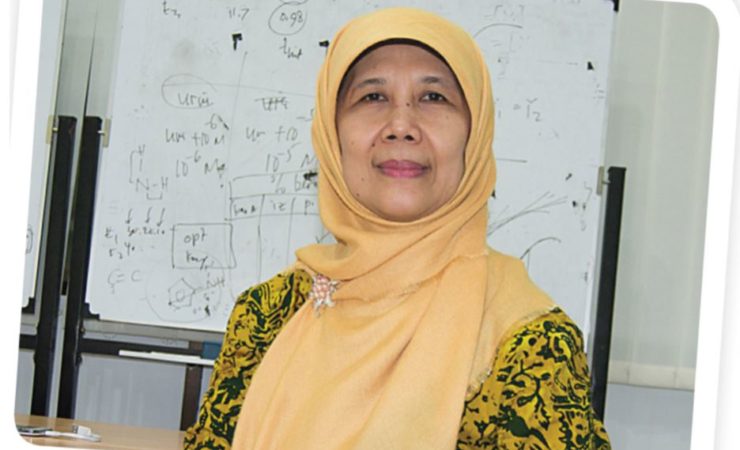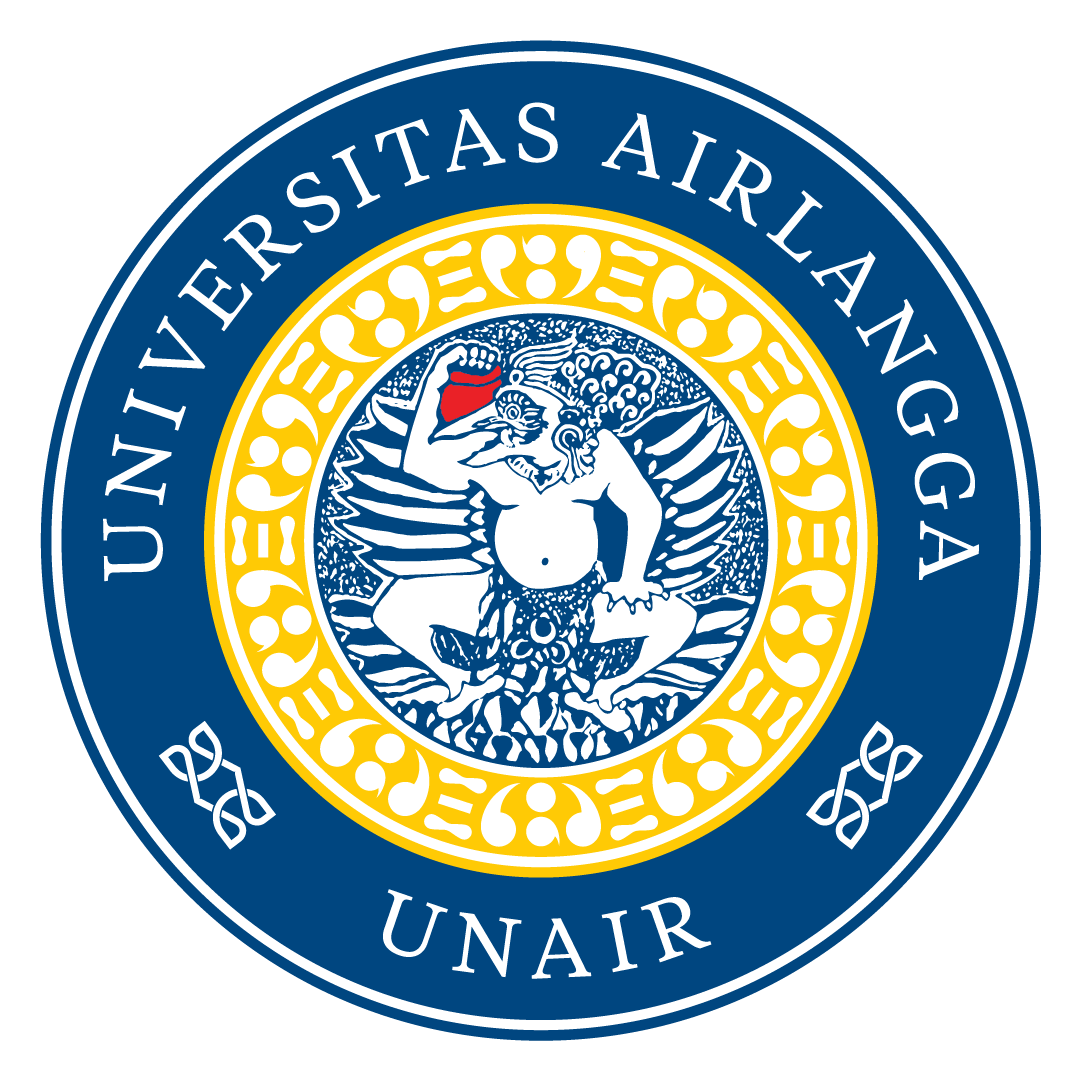Miratul Khasanah, an expert in Chemistry at Universitas Airlangga (UNAIR), specializes in researching uric acid

Miratul Khasanah has truly made remarkable achievements by following her passion. Since her high school days, she has been fascinated by exact sciences, particularly Chemistry. This interest led her to pursue a Bachelor’s degree in Chemistry at Universitas Airlangga, where she began teaching in the Chemistry Department in 1992.
From then on, Miratul has actively engaged in various research endeavors in Analytical Chemistry. In 1994, she pursued her Master’s degree at Universitas Gadjah Mada, where she had the opportunity to conduct research on heavy metal analysis methods at PT. Freeport Papua for her thesis. She later pursued her doctoral studies at the same university in 2008.
Miratul has remained dedicated to research throughout the years. After her work on analytical developments in heavy metals, she shifted her focus to chemical compounds in the human body, particularly uric acid. Her research has led to significant contributions in uric acid detection methods, including publications such as “Voltammetric Stripping-Based Uric Acid Sensor Using HMDE” in 2005, “Development of Imprinting Polymer-Based Uric Acid Sensor” in 2010, “Zeolite-Based Imprinting Sensor for Sensitive and Selective Uric Acid Detection in Serum” in 2012, “Potentiometric Sensor Based on Imprinting Polymer for Uric Acid Detection in Serum” in 2014, and “Early Detection of Uric Acid in Serum using Carbon Nanoporous Imprinting Zeolite Sensor” in 2015.
Currently serving as the Vice Dean II of the Faculty of Science and Technology at Universitas Airlangga, Miratul Khasanah frequently publishes her research findings in various national and international scientific journals. Her contributions, such as “Development of Uric Acid Sensor Based on Molecularly Imprinted Polymethacrylic Acid-Modified Hanging Mercury Drop Electrode” in the Journal of Chemistry and Chemical Engineering in 2012 and “Application of Hollow Fiber-Liquid Phase Microextraction based on Green Chemistry for Nitrosamines Analysis in Food Samples” in the Journal of Chemical and Pharmaceutical Research in 2014, have significantly advanced the field of analytical chemistry.
Source: Adapted from artikel UNAIR NEWS

